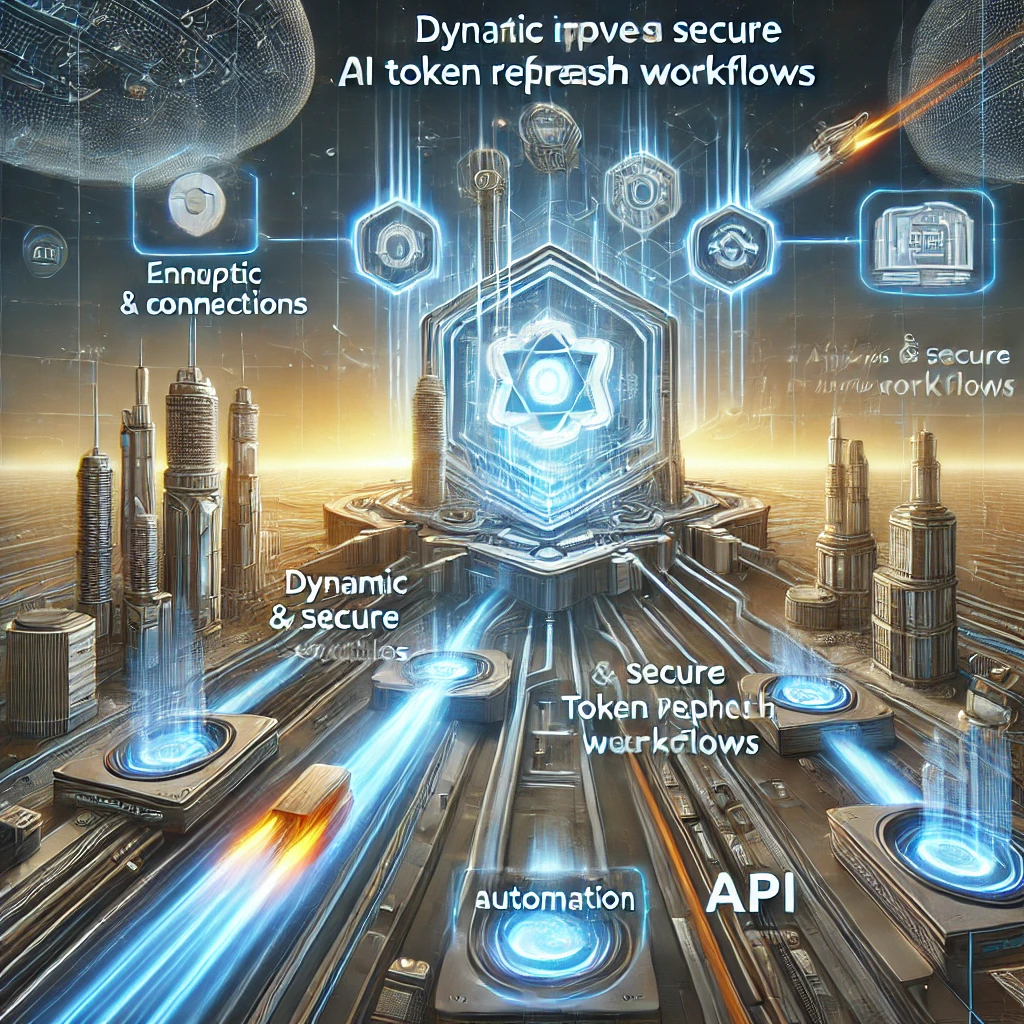Effective Cache Management Techniques in Syncloop

Why Cache Management is Important
Caching involves temporarily storing data in a readily accessible location, such as memory, to reduce the time required to fetch it from the primary source. The advantages of caching include:
- Improved Performance: Speeds up API responses by serving data from the cache.
- Reduced Server Load: Decreases the number of requests processed by backend servers.
- Enhanced Scalability: Supports increased traffic without compromising performance.
- Cost Efficiency: Lowers operational costs by minimizing resource usage.
However, implementing effective caching requires careful planning to avoid issues such as stale data or inefficient cache utilization.
Challenges in Cache Management
- Data Staleness: Ensuring cached data remains up-to-date with source data.
- Cache Invalidation: Determining when to remove or update cached data.
- Cache Overhead: Balancing memory usage and storage capacity.
- Complexity: Managing caching for dynamic or personalized data.
- Security: Protecting sensitive data stored in caches.
Syncloop addresses these challenges with advanced caching tools and strategies.
Cache Management Techniques in Syncloop
1. Time-to-Live (TTL) Settings
Syncloop allows developers to define TTL values for cached data. TTL determines how long data is retained in the cache before being invalidated.
- Benefits:
- Reduces the risk of serving stale data.
- Ensures automatic cache refresh based on usage patterns.
- Use Case: Ideal for static content such as product catalogs or public APIs.
2. Cache Invalidation
With Syncloop, developers can configure automatic or manual cache invalidation rules to keep data up-to-date. Strategies include:
- Write-Through: Updates the cache immediately when data is modified.
- Write-Around: Bypasses the cache during writes and updates it on the next read.
- Write-Back: Delays cache updates until specific conditions are met.
- Benefits:
- Maintains data consistency.
- Minimizes unnecessary cache updates.
- Use Case: Suitable for applications with frequently updated datasets, such as stock prices or news feeds.
3. Layered Caching
Syncloop supports multi-layered caching, combining in-memory, local, and distributed caches to optimize data retrieval.
- Benefits:
- Accelerates access to frequently used data.
- Balances storage across different caching layers.
- Use Case: Effective for large-scale applications with diverse caching requirements.
4. Dynamic Caching
Dynamic caching in Syncloop adapts to user behavior and application needs. By analyzing access patterns, the platform prioritizes caching high-demand data.
- Benefits:
- Improves cache hit rates.
- Reduces latency for personalized content.
- Use Case: Ideal for e-commerce or personalized recommendation engines.
5. Cache Partitioning
Syncloop enables developers to partition caches based on data types, users, or API endpoints. This segregation prevents cache pollution and enhances retrieval efficiency.
- Benefits:
- Ensures cache relevance for different data sets.
- Avoids conflicts in multi-tenant applications.
- Use Case: Suitable for SaaS platforms or applications with multi-user environments.
6. Cache Monitoring and Analytics
Syncloop provides real-time insights into cache performance, including hit/miss ratios, memory usage, and invalidation patterns.
- Benefits:
- Identifies bottlenecks and optimizes cache strategies.
- Ensures proactive management of cache resources.
- Use Case: Crucial for optimizing high-traffic APIs.
7. Edge Caching
Syncloop supports edge caching by storing data closer to end-users, reducing latency and enhancing performance for geographically distributed applications.
- Benefits:
- Improves load times for global users.
- Reduces the strain on central servers.
- Use Case: Essential for content delivery networks (CDNs) and global applications.
8. Secure Cache Management
Syncloop enforces encryption and access controls for cached data, ensuring compliance with security standards and protecting sensitive information.
- Benefits:
- Prevents unauthorized access.
- Meets regulatory requirements.
- Use Case: Suitable for financial, healthcare, or other sensitive applications.
Benefits of Cache Management in Syncloop
1. Enhanced Performance
Efficient caching reduces API response times and delivers a smoother user experience.
2. Cost Efficiency
Lower server loads translate into reduced operational costs and improved resource utilization.
3. Scalability
Caching supports high-traffic applications, enabling them to scale seamlessly.
4. Data Consistency
Advanced invalidation techniques ensure cached data remains accurate and relevant.
5. Security and Compliance
Syncloop’s secure caching features protect sensitive information while meeting industry standards.
Real-World Applications of Syncloop’s Cache Management
1. E-Commerce
E-commerce platforms use caching for product catalogs, pricing, and inventory, ensuring fast and consistent user experiences.
2. Media Streaming
Media platforms cache content like thumbnails and metadata to reduce loading times and bandwidth usage.
3. Financial Services
Banks and fintech companies cache frequently accessed data such as currency rates and transaction histories, improving performance and reliability.
4. Healthcare
Healthcare providers use caching for patient records and appointment schedules to ensure timely access without overloading servers.
5. IoT Ecosystems
IoT applications cache sensor data for real-time analysis, optimizing performance in latency-sensitive environments.
Best Practices for Cache Management with Syncloop
- Define Appropriate TTLs: Set TTL values based on data usage patterns to balance freshness and performance.
- Monitor Continuously: Use Syncloop’s analytics to track cache performance and optimize strategies.
- Partition Smartly: Segregate caches to maintain relevance and avoid conflicts.
- Secure Data: Implement encryption and access controls for sensitive information.
- Leverage Edge Caching: Use edge caching for geographically distributed users to minimize latency.
The Future of Cache Management with Syncloop
As data volumes grow and applications become more complex, Syncloop is advancing its cache management capabilities with AI-driven optimization, predictive analytics, and deeper integration with edge computing. These innovations will enable even more efficient and scalable caching strategies for modern applications.
Conclusion
Effective cache management is a cornerstone of high-performance API design. Syncloop provides the tools and flexibility needed to implement advanced caching techniques, ensuring fast, reliable, and scalable applications. By leveraging Syncloop’s capabilities, developers can enhance user experiences, reduce costs, and build resilient systems that meet the demands of today’s digital landscape.
An illustration of layered caching with edge, memory, and distributed caches, showing data flow and performance optimization across a Syncloop-powered API ecosystem.
Back to Blogs